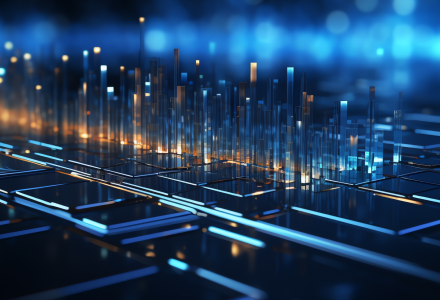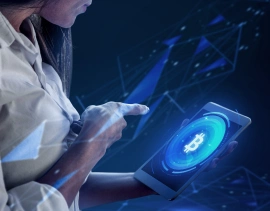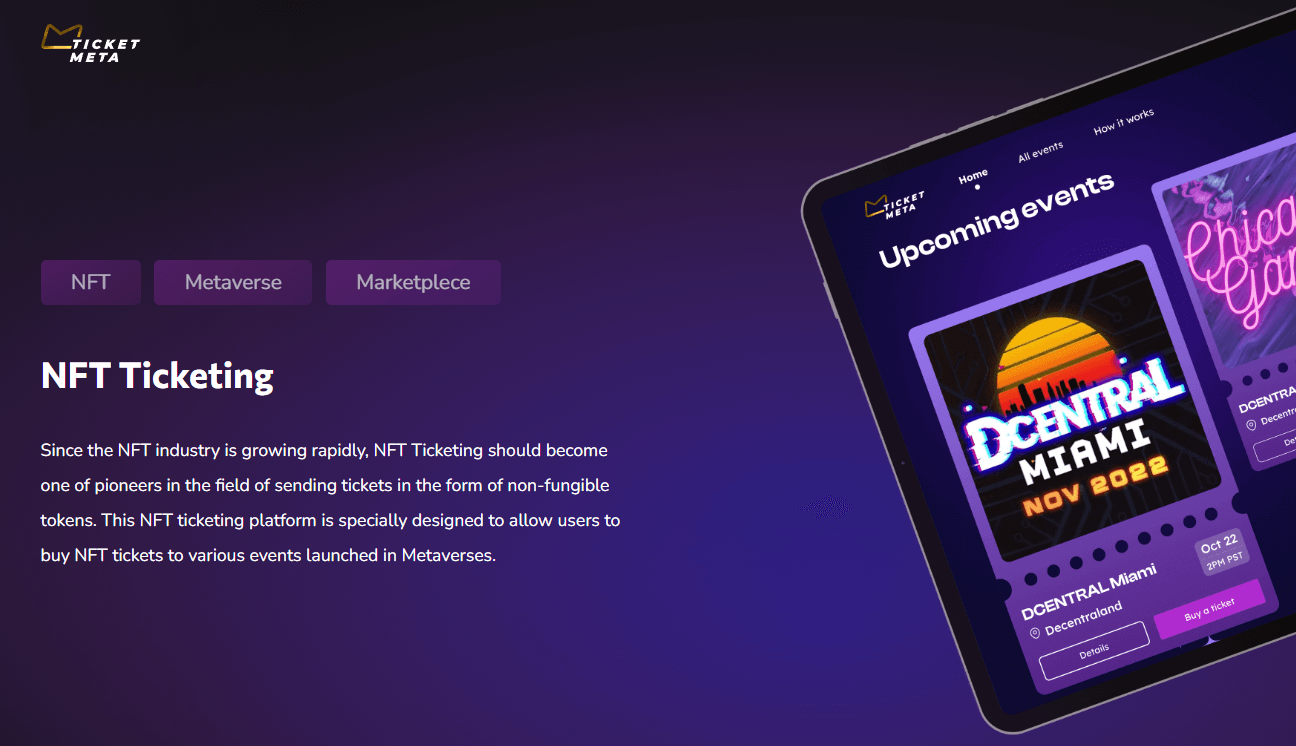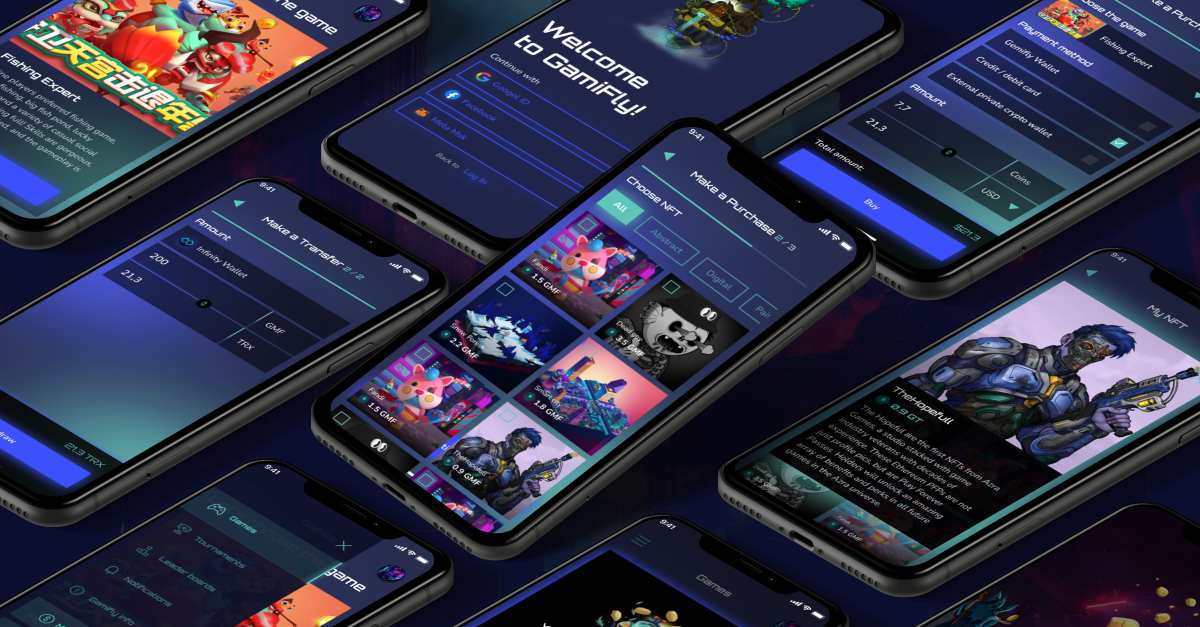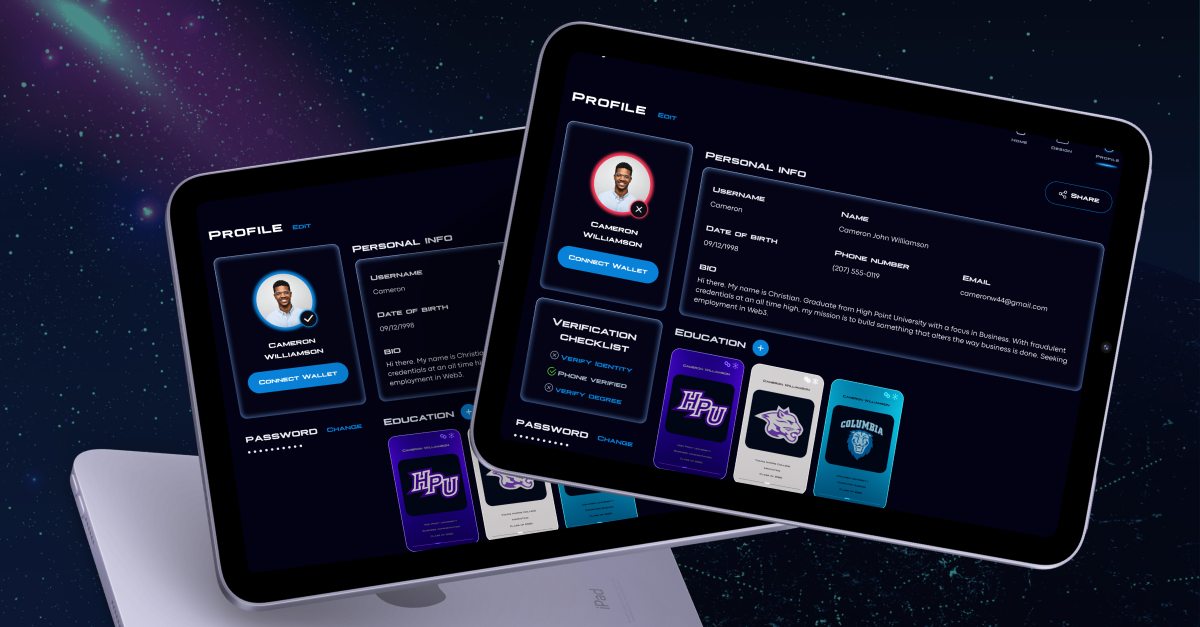Real-world asset tokenization is projected to be a 16 trillion dollar industry (~10% of global GDP) by 2030. It has the potential to transform how assets are held, traded, and issued, with wide-reaching implications for companies, markets, and investors. The transformation could be as substantial as when markets abandoned paper certificates and became electronic.
Real-world asset tokenization is referred to as the “the next generation for markets”. But what is it? How does it work? And why is it such a big deal? This article dwells on the notion of RWA tokenization, its use cases, and benefits and breaks down the tokenization process.
Key Statistics
 $6.5 billion
$6.5 billion
As of December 2023, the TVL in tokenized RWAs surpassed $6.5 billion.
 $13.61 billion
$13.61 billion
The global DeFi market size accounted for $13.61 billion in 2022.
 $26.9 billion
$26.9 billion
The global NFT market size was estimated at $26.9 billion in 2023.
What Is Real-World Assets Tokenization?
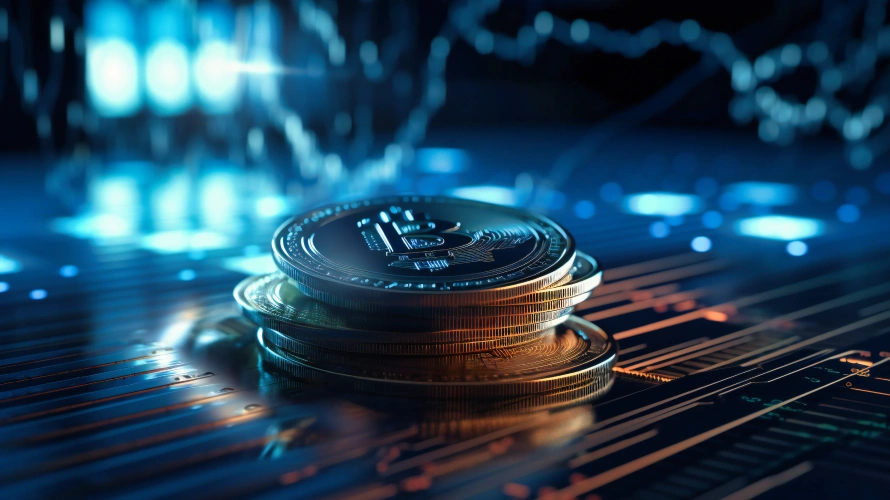
Real-world assets tokenization (RWA tokenization) refers to the process of issuing blockchain-based digital tokens representing tangible physical assets. These encompass financial assets (such as stocks, bonds, and equity), real estate, art, commodities, and intellectual property.
RWA tokens are stored on the blockchain or other distributed ledger, which guarantees immutability and protection against unauthorized access. They represent digital proof of ownership of various assets combined with assignable digital rights and connected in a programmable and automated way.
RWA tokenization transforms and democratizes financial and investment spheres by making them more inclusive and accessible. The technology also increases the liquidity of previously illiquid assets and transforms how they are accessed, traded, transferred, and managed.
Top Use Cases of RWA Tokenization
Real Estate
Blockchain in real estate is used to divide high-value property into smaller and more affordable tokens. This phenomenon, called fractional ownership, eliminates legal hassles and allows for more efficient ownership transfer.
Real estate tokenization encompasses various types of properties, such as commercial buildings, residential homes, undeveloped land, and even Real Estate Investment Trusts (REITs).
Tokenization also democratizes the real estate industry and provides greater transparency. It makes the industry accessible to a broader pool of investors while eliminating intermediaries and cutting transaction costs. Tokenization facilitates trading on global markets and makes fundraising and investments more secure and efficient.
Financial Assets
Financial assets tokenization refers to tokenizing stocks, bonds, and shares in private and publicly traded companies and startups.
Tokenization allows for asset fractionalization, increasing their liquidity and providing new opportunities for businesses and investors. Blockchain facilitates simpler, faster, cheaper, and more secure asset management.
Art and Collectibles
Blockchain democratizes the exclusive art market by tokenizing art pieces, antiques, and collectibles. In this way, anyone can buy, own, and trade fractions of high-value assets.
Tokenization and NFT development makes the art world more accessible and completely transforms how we interact with art pieces. Now, each token holder owns a fraction of a digital artwork that is liquid, valuable, and marketable.
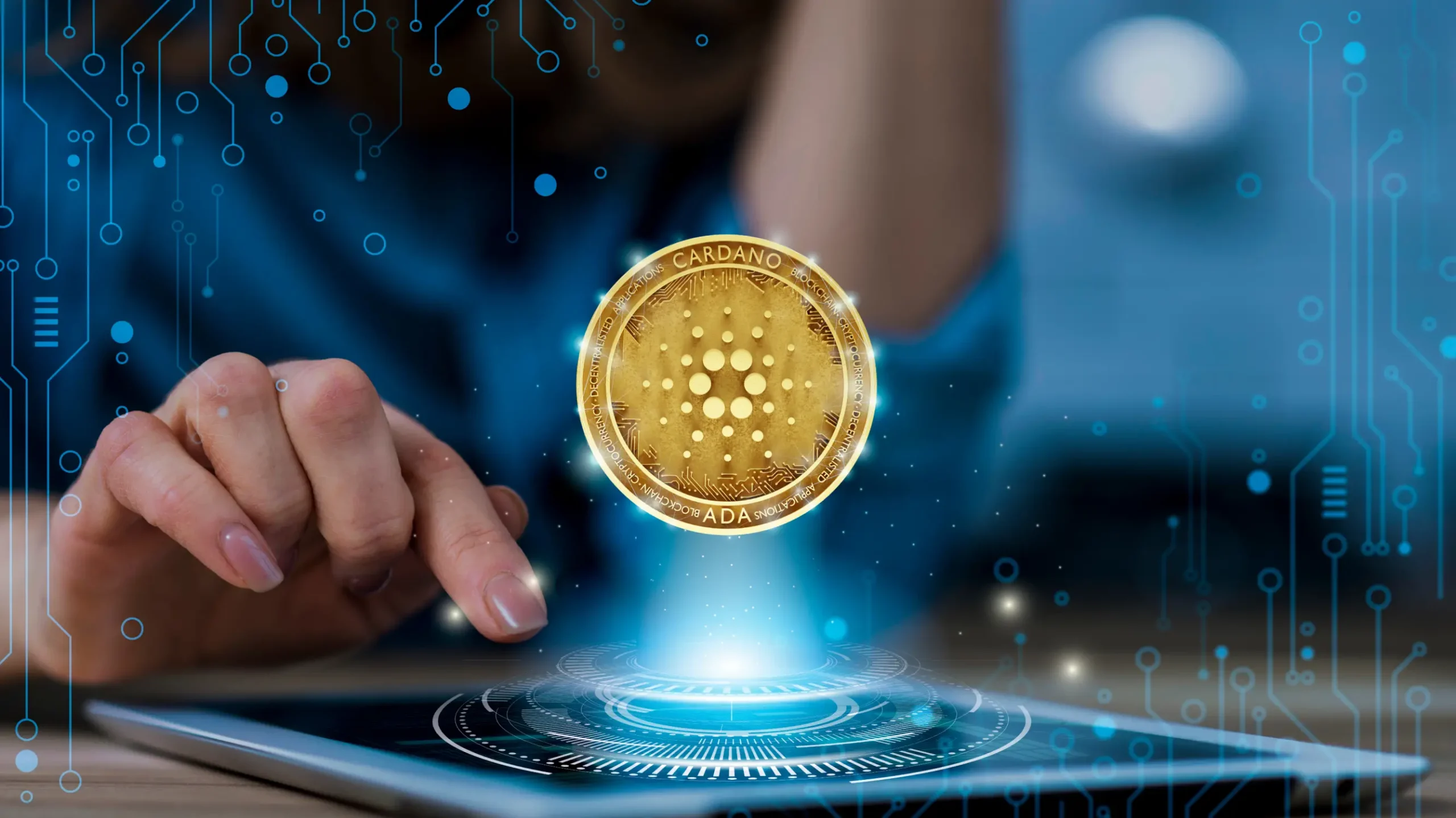
Commodities
Tokenizing commodities, including precious metals, energy resources, and agricultural products, presents a revolutionary alternative to futures markets. The technology optimizes trading and settlement, creating more secure, transparent, and efficient markets.
Intellectual Property
Tokenization of intellectual property rights, such as copyrights, unique data, pieces of code, patents, and trademarks, opens new investment opportunities and revenue streams for creators. Creators and owners can make property rights available to a wider range of investors and generate income from secondary trading while solving the issue of access and copying at the technological level.
Tokenization Process
-
Asset Identification
Firstly, you need to identify and select a suitable real-world asset for tokenization. As we already listed above, it can be anything from stocks to real estate and art pieces. For that, you need to determine the asset’s value.
-
Selecting the Tokenization Platform
In order to choose a suitable tokenization platform, you need to conduct thorough research, understand the blockchain ecosystem, compare the features and technologies, and decide which one suits you best. For instance, many choose Ethereum because it works with smart contracts and has a strong developer community. However, this is only effective if the expected investment from the individual investor is much higher than the commission on the blockchain.
-
Creating Smart Contracts
Smart contracts determine how the tokens will be created and traded. Blockchain-based contracts automate processes and ensure they are executed in an agreed manner without intermediaries. Smart contracts guarantee that all transactions are efficient, secure, and transparent.
-
Token Creation
Token creation is the process of turning real-world assets into digital tokens representing ownership of physical assets. Developers connect these security tokens (STs) with the assets they represent and turn them into tradable units. Generally, tokens represent small fractions of an asset’s value.
The tokens are created using blockchain and token standards, including the ERC-20 token standard based on Ethereum or the newer standards, like ERC-3643, used specifically for RWA tokenization.
Here is a basic ERC-20 token code snippet:
// SPDX-License-Identifier: MIT
pragma solidity ^0.8.0;
import “@openzeppelin/contracts/token/ERC20/ERC20.sol”;
contract TestToken is ERC20 {
constructor(uint256 initialSupply) ERC20(“TestName”, “TST”) {
_mint(msg.sender, initialSupply);
}
}
-
Issuing and Trading RWA Tokens
Finally, it’s time for the Security Token Offering (STO). It implies offering the tokens to the primary market and selling a fraction of the tokens to choose investors for the project fundraising. After the successful STO, the project will be launched on an exchange where anyone can buy and sell the tokens.
Tokens are distributed among investors through public offerings, auctions, or private sales, depending on the regulatory framework. Once distributed, the tokens can be listed on secondary markets, increasing their liquidity and making them accessible to a broader range of investors.
Explore our blockchain & tokenization expertise and learn how Interexy can help you!
Book a call with our experts5 Benefits of RWA Tokenization
-
Fractional Ownership
RWA tokenization allows investors to own fractions of high-value properties or rare collectibles and diversify their portfolios. The previously illiquid assets are now more liquid and affordable to people of different financial means. This also democratizes the investment landscape and makes it accessible to a larger audience.
-
Increased Liquidity
Tokenization divides assets into smaller and tradable fractions, allowing investors to own shares of an asset rather than the whole one. The technology increases liquidity, which means such assets can be quickly transferred and converted into cash. Tokenization also makes the transactions more efficient and seamless, providing new opportunities for asset management.
-
Smart Contracts
Smart contracts are programs or transaction protocols that are self-executed when the predetermined conditions are met. They run automatically, thus eliminating the need for third-party intermediaries in transactions. The technology streamlines the process of ownership transfer and dividend distribution.
Smart contracts save time and money, facilitating seamless and more efficient transactions. The technology also enhances the immutability and transparency of ownership records and ensures regulatory compliance.
-
Enhanced Transparency and Security
Transparency lies at the heart of RWA tokenization and blockchain in particular. Due to the technology’s decentralized and immutable nature, all the transactions are recorded and stored on the blockchain and are visible to all the network members. This enhances trust between the participants.
Blockchain asset tokenization ensures security through cryptography, protecting ownership rights and minimizing fraud risks.
-
Borderless Accessibility
RWA tokenization eliminates barriers typical for conventional asset investment, including geographical and financial ones. Now, investors can easily access and trade digital tokenized assets from anywhere in the world. And thanks to fractionalized ownership, people with limited capital can also invest in real-world assets. The technology creates a global digital marketplace, providing investment opportunities that were previously exclusive.
Real-World Assets In DeFi
Tokenization of real-world assets (RWA) is emerging as a significant trend in decentralized finance (DeFi), merging traditional financial assets with innovative blockchain technology.
At the beginning of 2022, the total value locked (TVL) in projects associated with RWA tokenization was $158 million, according to DeFi Llama data. By the end of that year, this figure had risen to $757 million, and by the end of 2023, it reached an impressive $5.65 billion, indicating dynamic and rapid development in this direction. Tokenization projects have secured the eighth position in the DeFi sector by total TVL, signaling continued growth and expansion in this niche.
Looking ahead, the tokenization of real-world assets is expected to gain momentum as more traditional assets begin to enter the digital realm through tokenization. This not only creates new opportunities for investors and market participants but also facilitates the integration of traditional and digital financial systems, paving the way for a more global and accessible financial world.
How Can Interexy Help?
Interexy is one of the Top Blockchain Development Companies in London, Miami, and Dubai, according to Clutch. As a cryptocurrency app development company, we specialize in building cutting-edge custom blockchain solutions and transforming various industries.
Our blockchain developers are proficient in major blockchain frameworks and technologies, such as Ethereum, Polygon, Hyperledger Fabric, Solidity, Vyper, Golang, JavaScript, and Python. Our team is experienced in crafting DEX, smart contracts, tokens, dApps, NFTs, and Metaverse.
Get Experts In 10 Business Days
Final Thoughts
RWA tokenization is a transformative technology driving innovation in the investment and financial sectors. It has completely changed the way we purchase, own, and trade assets. RWA tokenization is now gaining momentum as a way to democratize access to the once-exclusive investment sphere, increase asset liquidity, and diversify the market.
Although the technology is still emerging and there are particular challenges to overcome, tokenization has the potential to revolutionize asset ownership. Therefore, investors and market players need to be adaptable and keep an eye on the latest trends in the sector.
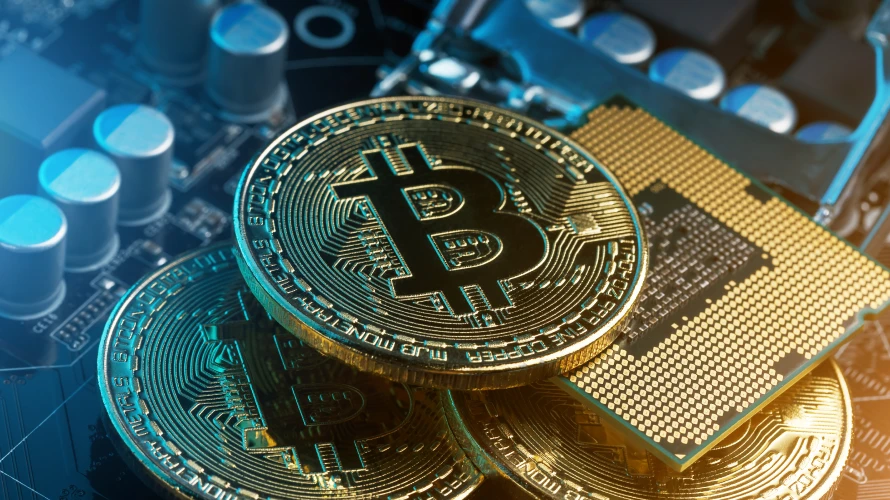
FAQs
-
What is real-world assets tokenization?
Real-world assets tokenization means turning physical, tangible assets into digital tokens stored on the blockchain. Real estate, art and collectibles, commodities, financial assets, and intellectual property all can be tokenized.
-
What are the benefits of RWA tokenization?
RWA tokenization introduces fractional ownership, democratizing and modernizing the existing investment and financial sectors. It increases the liquidity of assets and makes them accessible to a large pool of investors from anywhere in the world and with any financial status. RWA tokens are developed using smart contracts, streamlining transactions and improving transparency and security.
-
What are the challenges of real-world assets tokenization?
There’s still some uncertainty regarding the regulatory compliance of RWA tokens, and market players should stay up-to-date with the evolving regulatory frameworks. The digital nature of RWA tokens makes them more prone to cyber threats, including technical malfunctions, hacking, and tampering. The issuers of RWA tokens may face scalability and composability challenges due to the diverse blockchain architecture.




